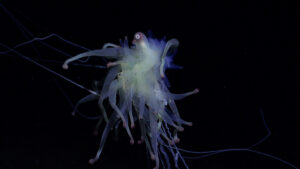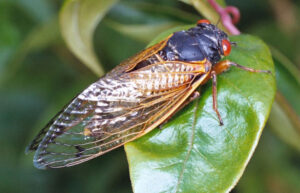A passion for the natural world drives many of our adventures. And when we’re not outside, we love delving into discoveries about the places we live and travel. Here are some of the best natural history links we’ve found this week.
Rats have rhythm: Rats instinctively move to music. “[They] display innate beat synchronization,” said Hirokazu Takahashi of the University of Tokyo.
This is the first time that researchers have seen the behavior in anything other than humans. They fitted 10 rats and 20 humans with accelerometers to analyze their head movements as music played. Both the rats and humans moved in time to the music and moved their heads similarly. The researchers played music of different tempos at one-minute intervals. Again, both human and animal subjects reacted similarly. They preferred a tempo of 120-140bpm.
Hidden ocean giants
The world’s largest population of Giant Oceanic Manta Rays: More giant oceanic manta rays occur off the Ecuadorian coast than anywhere else in the world. The endangered species lives in subtropical and temperate oceans. The Chinese medicine market covets these giant oceanic manta rays for their gill plates. One pound of them fetches $300.
Researchers have identified over 2,800 individual rays over the past decade near Ecuador. Though this is promising for the population as a whole, many experts worry about the number of scars on individuals. They found over 500 rays with scars from fishing incidents.
A number are also caught in fishing gear. “I was shocked to see how prevalent entanglements were in the region,” marine biologist Andrea Marshal said. In many cases, the giant sea creatures swam directly toward the divers trying to help them.

Photo: Shutterstock
Mosquito magnets: Female mosquitos can track humans using carbon dioxide exhalations, body heat, and body odor. Yet there are some humans that mosquitos seem to prefer.
In new tests, mosquitos would swarm toward those producing more carboxylic acids. The substance is found in the sebum of our skin. Combined with bacteria, it produces our unique body odor. In theory, if you could find a way to mask this you could make yourself less alluring to mosquitoes.
A shark sanctuary
Protecting gray nurse sharks: A 16-year-old in Australia has been leading the charge to protect gray nurse sharks.
While scuba-diving, Shalise Leesfield noticed that Fish Rock, an underwater cavern filled with pink gorgonian corals and sponge gardens, appeared to be a sanctuary for the sharks. “We must protect [Fish Rock] to ensure the shark’s survival,” she explained.
Leesfield is now working with several charities and politicians to declare the area protected.
Though they look intimidating, gray nurse sharks are slow-moving, docile sharks. They live in shallow water near the sea floor, a habitat this is heavily impacted by human activity.

A grey nurse shark. Photo: South West Rocks Dive Centre
Discovery of a new ecosystem: Researchers from Oxford University have found evidence of a previously unknown ecosystem. The “Trapping Zone” lies 500m below the surface of the Indian Ocean.
Submersibles show that in this zone, predatory species and large fish are feeding on micronekton — finger-sized swimming creatures. Usually, they move with the daily vertical migration, but some become trapped at the 500m mark.
The topography and variety of species are “the hallmarks of a distinct new ecosystem,” researcher Alex Rogers said. “The Trapping Zone is creating an oasis of life in the Maldives and is highly likely to exist around other oceanic islands and also on the slopes of continents.”






